
pp. 1–16 •
Darek Isaacs
The dominion mandate is not named nor defined in Scripture, and so offering a deeper definition, which everyone can agree on, is not possible. However, it is possible to locate where the idea is found

pp. 17–34 •
Tom Hennigan
An initial attempt to count and identify biblical kinds in amphibian orders Caudata and Gymnophiona were estimated using current information and several key assumptions and guidelines.

pp. 35–62 •
Dr. Danny R. Faulkner
While well intended, the gospel in the stars is fraught with problems, and Christians are discouraged from using it.
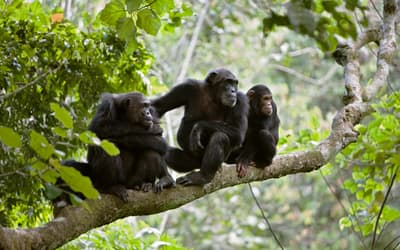
pp. 63–69 •
Jeffrey P. Tomkins
A common evolutionary claim is that the DNA of chimpanzees and humans are nearly identical. Modern DNA research is showing much higher levels of discontinuity.

pp. 71–77 •
Danae Mcgregor
Before the traumatic devastation of the Nazi genocides, eugenics theory was widely accepted by both German and American scientists, especially in the pre-World War 1 era.

pp. 79–98 •
Simon Turpin
This paper will evaluate and critique six commentaries and the reasons they give for not taking the days of creation literally.

pp. 99–116 •
Simon Turpin
Death, whether animal or human, physical or spiritual, is a consequence of man’s disobedience toward his Creator and an intrusion into His “very good” creation.

pp. 137–138 •
Tom Hennigan
Thomas D. Hennigan responds to Darek Isaacs’ paper, “Is There a Dominion Mandate?”

pp. 139–143 •
Andrew Kulikovsky
Andrew S. Kulikovsky responds to Darek Isaacs’ paper, “Is There a Dominion Mandate?”

pp. 145–155 •
Joel Mcdurmon
Joel McDurmon responds to Darek Isaacs’ paper, “Is There a Dominion Mandate?”

pp. 157–177 •
Darek Isaacs
Darek Isaacs responds to the challenges to his paper, “Is There a Dominion Mandate?”
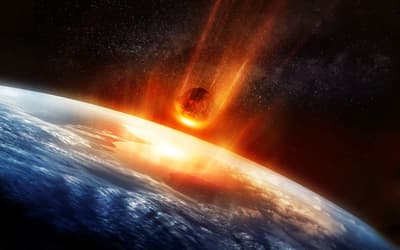
pp. 179–191 •
Dr. Danny R. Faulkner
Danny R. Faulkner, AiG–U.S., examines the Dodwell hypothesis, that the earth underwent a catastrophic impact in 2345 BC that altered its axial tilt and then gradually recovered by about 1850.

pp. 193–194 •
Dr. Danny R. Faulkner
This is an introduction to, and announcement of, a new compilation of articles, papers and letters to the editor on creationist astronomy which has been placed on this journal’s website.

pp. 195–209 •
Simon Turpin
In secular culture it is common to view the biblical history of Adam as a story, myth, or a parable but this is now also becoming the standard interpretation for many within the evangelical community.

pp. 211–229 •
Dr. Danny R. Faulkner
Some recent creationists have attempted to address the light travel time problem indirectly with an implied appeal to a small universe.

pp. 231–264 •
Michael Brandt
Approximately between 1860 and 1930, in some cases even later, there was a discussion about flint findings from Paleocene to Pliocene strata which were similar to tools.

pp. 265–278 •
Mark Ward, Jr.
Literary theorist and prominent public intellectual Stanley Fish is a self-described “antifoundationalist”—someone who believes that truth is relative to one’s “interpretive community.”

pp. 279–284 •
Dr. Danny R. Faulkner
Danny R. Faulkner, AiG–U.S., lays groundwork for the beginning of a new solution to the light travel time problem.

pp. 285–292 •
Dr. Nathaniel T. Jeanson
How did the modern diversity of life arise from the created kinds of Genesis 1 and from the kinds taken on board the Ark? Did natural selection play a role?

pp. 293–301 •
Jeffrey P. Tomkins
The HBBP1 gene appears to be a highly functional and cleverly integrated feature of the human genome that is intolerant of mutation.
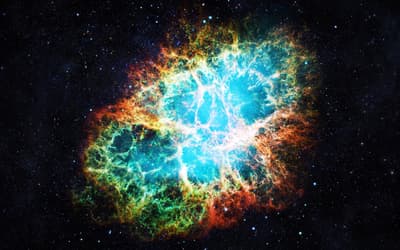
pp. 303–320 •
Dr. Danny R. Faulkner
Dr. Faulkner examines the claims of one proponent of plasma astronomy, Donald Scott.

pp. 321–333 •
Callie Joubert
On July 22, 2011, some readers of the Daily Mail UK were stunned by news that “Scientists have created more than 150 human-animal embryos in British laboratories.”

pp. 335–365 •
Tom Hennigan
It is estimated that 140 extant Anuran kinds were brought on the Ark.
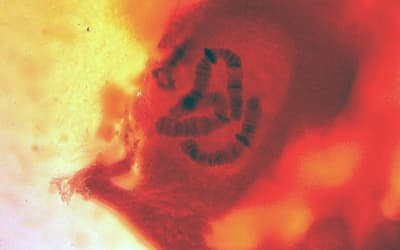
pp. 367–375 •
Jeffrey P. Tomkins
A major argument supposedly supporting human evolution from a common ancestor with chimpanzees is the “chromosome 2 fusion model.”

pp. 377–389 •
Simon Turpin
The very teachings of Jesus are being attacked by those who state that, because of His human nature, there is error in some of His teaching regarding earthly things such as creation.

pp. 399–407 •
Dr. Danny R. Faulkner
Many recent creationists believe that the second law of thermodynamics came into being as a result of the Fall or the curse. I argue that this is not supported by Scripture nor science.

pp. 409–466 •
Dr. Jean Lightner
This paper will focus on identifying extant bird kinds.
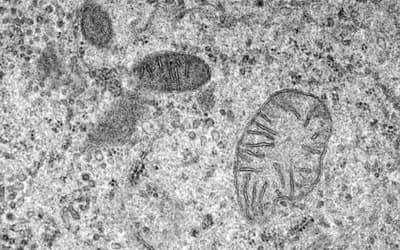
pp. 467–501 •
Dr. Nathaniel T. Jeanson
The young-earth creation model currently lacks a robust explanation for molecular diversity.



























